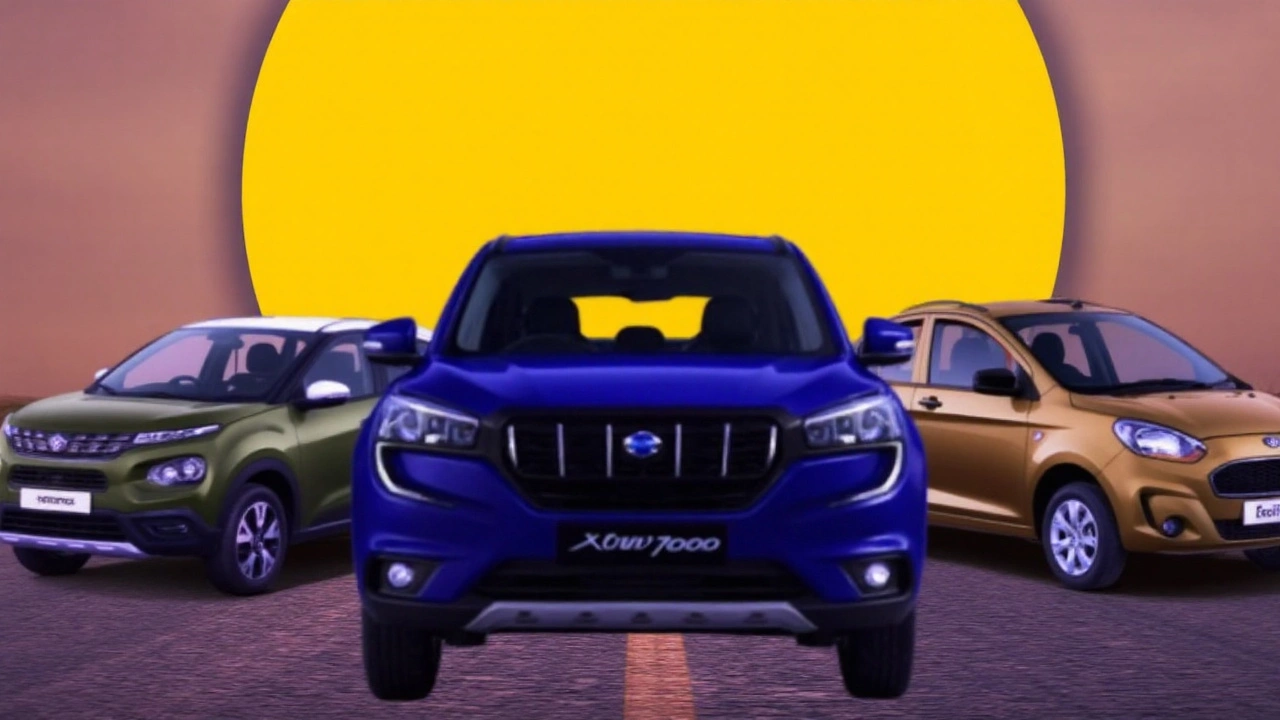Car Prices in India – 2025 Guide
Thinking about buying a car? You’re not alone. Every year the numbers shift, taxes change, and new models hit the market. This guide breaks down what’s happening with car prices in India right now, so you can make a smart choice without getting lost in jargon.
First off, remember that the sticker price is more than just the base cost. It bundles in GST, road tax, registration fees, and sometimes even a dealer’s add‑on. These extra bits can add 10‑20% to the final amount, so always ask for a detailed quote before you sign anything.
New Car Prices – What to Expect
New cars in India are feeling the pinch of rising raw‑material costs. Expect a 3‑5% price bump for most models compared to last year. For instance, a popular compact hatchback that was ₹5.5 lakh in 2024 now sits around ₹5.8 lakh. Premium SUVs have seen bigger jumps, with some crossing the ₹30 lakh mark.
Different variants also mean big price gaps. A base‑model sedan might cost ₹8 lakh, while a fully loaded version with safety packs and a sunroof can climb past ₹12 lakh. If you’re looking to stretch your budget, compare the feature list; sometimes a slightly older model with a similar feature set is cheaper and still under warranty.
Don’t forget seasonal promotions. Dealerships often roll out discounts during festive periods like Diwali or end‑of‑financial‑year sales. These can shave off 1‑2 lakh, especially on slower‑moving stock. Keep an eye on official brand websites and local dealer announcements to catch these offers.
Used Car Prices – How to Find Good Deals
The used‑car market in India is booming, thanks to more people opting for pre‑owned rides to avoid steep new‑car prices. Prices here are driven by mileage, age, and service history. A three‑year‑old compact car with 30,000 km can still fetch 70‑80% of its original price if it’s well‑maintained.
Online portals give you a quick snapshot of market rates. Platforms like CarWale, OLX, and Cars24 list average prices for each make and model. Use these numbers as a baseline, then negotiate based on the car’s condition. A clean interior, no accidents, and a full service record can boost the price, but also give you leverage to ask for a lower deal if anything looks off.
Inspection is key. Bring a trusted mechanic or use a professional inspection service. They’ll check engine health, clutch wear, and rust points—issues that can cost thousands to fix later. If the car passes, you’re in a safe spot to finalize the purchase.
Financing used cars is another option. Banks and NBFCs often offer lower interest rates for pre‑owned vehicles, especially if the car is less than five years old. Compare loan offers, and calculate the total cost (principal + interest) before deciding.
Lastly, consider ownership costs beyond the price tag. Fuel efficiency, insurance premiums, and maintenance schedules vary widely across models. A cheap car on paper might end up costing more in the long run if it guzzles fuel or needs frequent repairs.
Bottom line: whether you’re eyeing a shiny new hatchback or a reliable used sedan, doing a bit of homework pays off. Check the latest price lists, hunt for seasonal discounts, and don’t skip the inspection. With the right info, you’ll drive away confident that you got the best deal on today’s Indian car market.
